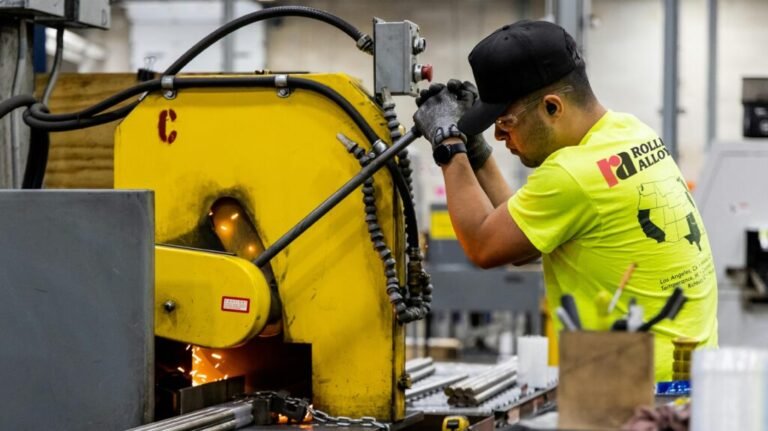On 3 April, President Donald Trump imposed Section 232 tariffs on automobiles imported into the US. A similar 25 per cent tariff on auto parts is scheduled to take effect no later than 3 May.
While the auto tariffs are not designed to encompass the marine industry, it has now emerged that several Harmonized Tariff Schedule (HTS) codes associated with auto parts may also apply to components used in marine manufacturing.
The tariff on imported automobiles is already in force at a rate of 25 per cent. This same rate will be applied to auto parts by the 3 May deadline. These tariffs are applied in addition to any other existing duties. For affected products, duty drawback is not permitted.
Under the United States–Mexico–Canada Agreement (USMCA), automotive manufacturers can reduce tariff exposure by documenting the percentage of US content in a given vehicle. Components that are “wholly obtained, produced entirely, or substantially transformed” in the US are considered US content under the agreement. Auto parts that meet these criteria are currently exempt from tariffs until a formal assessment process is established to determine non-US content levels.
Supporting materials include the presidential proclamation and guidance from US Customs and Border Protection.
National Marine Manufacturers Association (NMMA), a trade association representing boat, marine engine and accessory manufacturers in North America, encourages members to review the HTS codes listed for auto parts online.
The US Department of Customs and Border Protection has an online FAQ section covering some of the questions manufacturers may have.
Ongoing tariff uncertainty
Boatbuilders around the world face heightened uncertainty, as shifting and unpredictable tariff regimes threaten supply chains, pricing structures and export plans.
On April 9, Trump announced a 90-day pause on higher tariffs, just hours after stiff ‘reciprocal’ levies against many of the US’ biggest trading partners, including Japan, Vietnam and the European Union kicked in. Trump confirmed he had authorised a universal “lowered reciprocal tariff of 10 per cent” amid ongoing negotiations with countries worldwide.
However, Trump has further increased the tariffs on items imported from China to an eye-watering 125 per cent, after Beijing said it would introduce tariffs of 84 per cent on US imports.
As the US and China head into an all-out trade war, markets have been thrown into chaos, with dramatic sell-offs and increasing fears of recession.
The European Commission held several hours of discussions with US trade representatives on Tuesday (15 April 2025), with the EU stating “it’s over to you”, as reported by Euro News.
EU trade commissioner Maroš Šefčovič reiterated the bloc’s offer of zero-for-zero reciprocal tariffs on industrial goods, including cars, during what spokesperson Olof Gill described as a “very focused and productive meeting” with US counterparts in Washington on Monday. Gill added that it was now up to the US to take the next step.
In a readout of the meeting, Gill noted that overcapacity in the steel and aluminium sectors was part of the ongoing discussions, alongside supply chain resilience in semiconductors and pharmaceuticals, though he did not provide further details.
In other news, the FT reports that the European Commission is issuing burner phones and basic laptops to some US-bound staff to avoid the risk of espionage, a measure traditionally reserved for trips to China.

